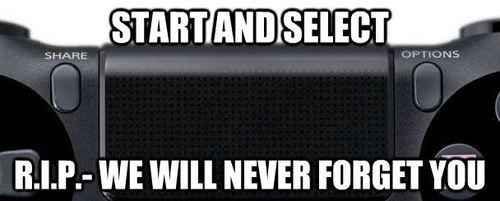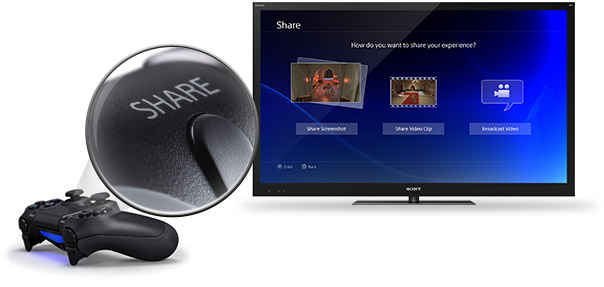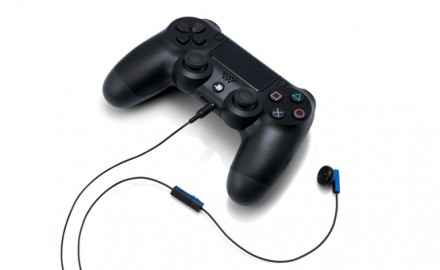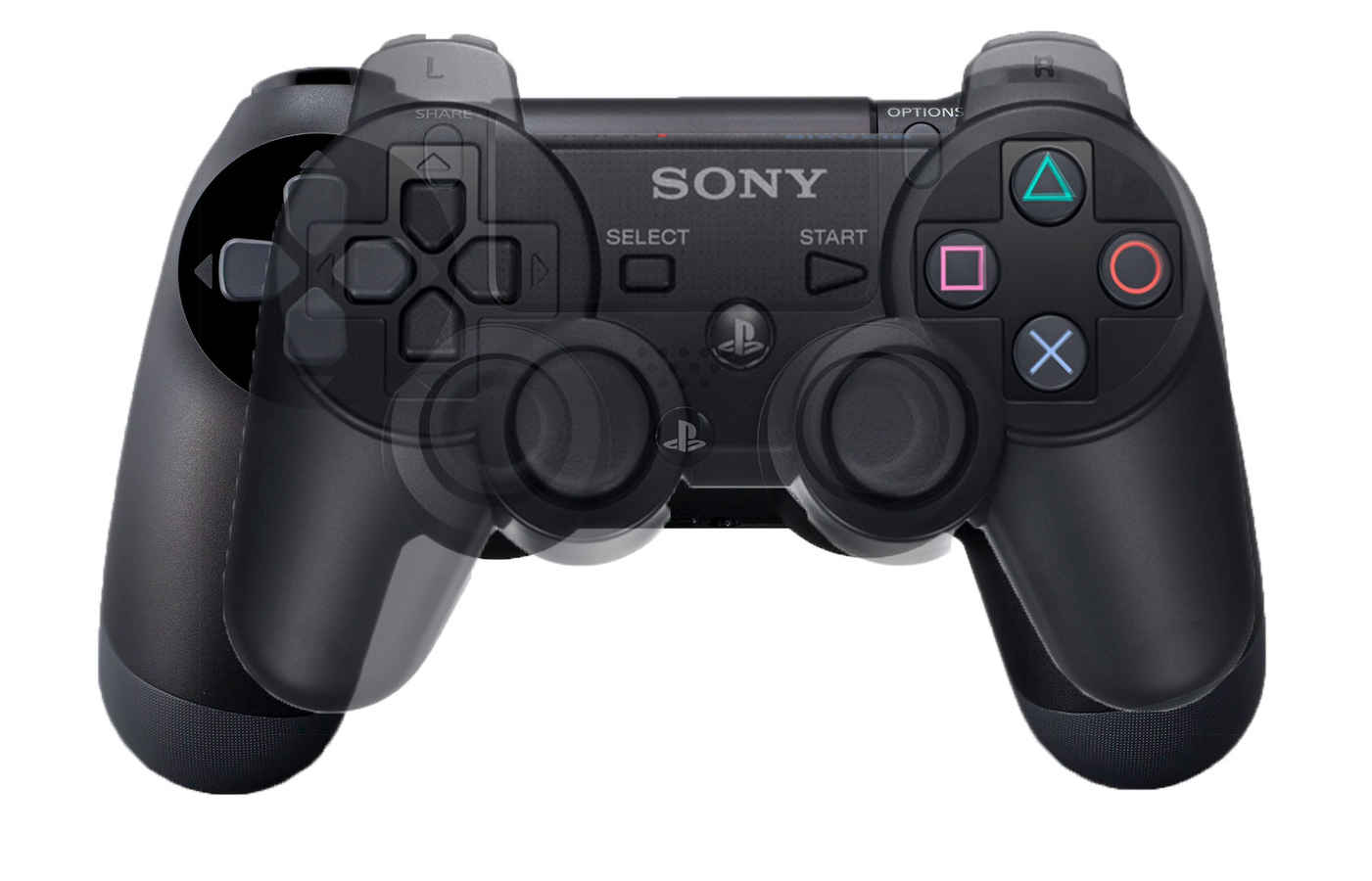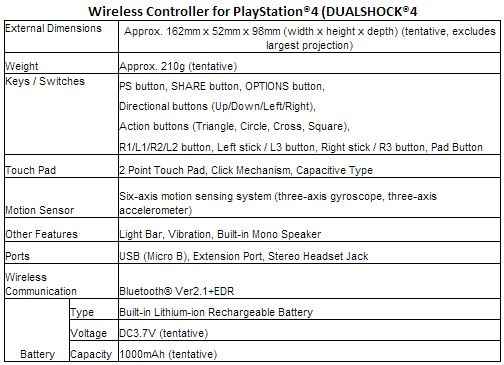The new PS4 DualShock 4 controller: What you should know
Sony's next gen wireless controller called the DualShock4, has undergone a complete overhaul from its predecessors. It features capacitive touch input like that of the Vita, better SixAxis motion sensing, headphone connectivity and much more.
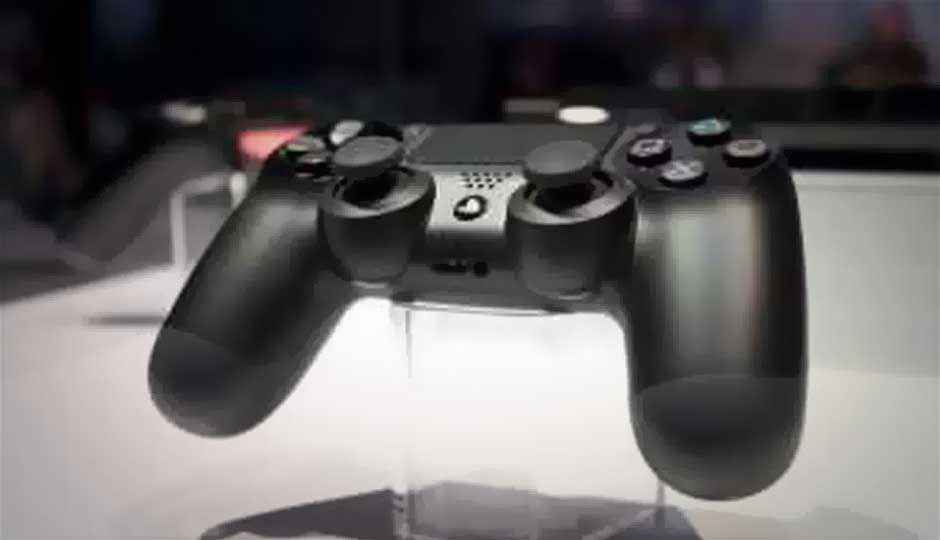
The PlayStation 4’s controller- the DualShock 4 is the most drastic redesign of a PS controller ever since the introduction of DualShock 1. Gamers, since its inception way back in 1995, were used to the shape and function, the introduction of the two analogue sticks on the DualShock 1 were considered a massive improvement over the N64 pads from rival Nintendo. With rather an odd tweak here and there and the addition of rumble tech and motion and wireless capabilities, the DualShock had pretty much kept itself to itself doing what it does best.
 Survey
SurveySony has decided to end the sixteen-year era of the famous DualShock controllers with the DualShock 4. Sony started tweaking around out with many different layouts and design for the DualShock 4, but eventually the familiar PlayStation layout prevailed above all. With the touch pad being right in the center, all sticks, and the triggers and buttons staying where everyone expects them to be, it still retains its own old charm.
Although the design is pretty much similar, you can see some massive changes to what we are used to. For instance, the touch pad, the share button, the awesome LED light, and a few finer points too like the convex thumb sticks, the angle on the edges of the analog pads, the slight indentation on the D-pad, the spacing around the space buttons, slightly fatter textured handles and the use of the PS Vita D-Pad, all add up to make for a rather slick looking kit.
“Small details really do make a difference,” Shadow Fall director Steven ter Heide told GamesBeat. “Everyone notices the touchpad and the headset jack and all that sort of stuff, not necessarily the small changes that make it feel a lot better.”
GamesBeat did a comprehensive four-part story on the PS4’s controller and also spoke to the developers and the Sony executives in the mix. Here’s a look at what’s new along with what’s old with the new DualShock4.
ANALOG STICKS
The analog sticks are unarguably the most pivotal aspect of a controller since your thumbs are always glued to them. The press got their hands-on with the DualShock 4 at this year’s E3, on Sony’s launch title KillZone: Shadow Fall. Notably, a lot of gamers were not comfortable with the DualShock 3 for shooting games, as the analog sticks on the DualShock 3 feel very loose for moving and aiming.
Here’s what’s new with the analog sticks on the DS4.
Contrary to its predecessor which had domed convex pads, the new tops for the PS4 are more or less concave with a slight indentation in the center. If you notice, you will see a flat, angled outer ridge, designed for users who use the outside of the analog sticks to push.
“We knew it was slippery,” said Toshimasa Aoki, the manager at SCE’s product planning department, on the DualShock3 stick tops. “The shape never felt completely right,” said Guerrilla’s lead gameplay programmer, Tommy de Roos, who gave his insights on the design of the new DualShock4.
“We tried concave, fully convex, and different types of ridges,” said Aoki. “The convex, it just slips off. We knew that even if we changed the material, that would still happen. The concave one — when you have your thumb in the middle, it fits, and it’s pretty good. But in user tests, a lot of users still pushed the stick tips from the side. When you’re using the concave one, it kind of felt uncomfortable to those people [because of the sharper edge]. So the decision was to go with the ridged version.”
The design of the analog sticks on the DualShock4 allows gamers to rest their thumbs right in the middle of the pad. This in turn enables gamers to push the sticks from the sides, resting their thumb on a flatter surface without feeling the edges of a sharper rim.
Height
The height of the analog sticks have been reduced on the DualShock4. This doesn’t allow sticks to get in the way of thumbs trying to reach the new touchpad.
Compared to the DualShock3, Sony has lowered the analog sticks for the DualShock4. When it comes to stiffness, developers of driving games and shooter games, have differences in opinions as they don’t seem to agree on stiffness of the analog sticks. Sony had to loosen up the stiffness on the DualShock3 in response to a feedback from the team behind the Gran Turismo series.
“Actually, the DualShock2 was really stiff,” said Aoki of the old analog sticks. “DualShock3 became really light because of the feedback from the Gran Turismo team. Since they use it for steering, if it’s too stiff, when you’re going back and forth a lot, you get tired, so they wanted to make it lighter.”
But then again, racing isn’t one of the popular genres in gaming.“Now, for the shooters, especially for the right stick — [those developers] wanted more precise aiming,” said Aoki. After testing different types of stiffness, right in between DualShock2 and Dual Shock3 was the best stiffness that people liked. We decided to use that.”
When the analog sticks are pushed beyond the tiny circle known as the dead zone, that is when they become visible to the controller and the console. Now, if the dead zone is too small then the controller becomes too jolty, while when the dead zone is too big, then gamers need to push a bit too hard in order to evoke a response from their on-screen avatars.
This means that the trimming down of the analog sticks in the DualShock4 makes the controller a bit more sensitive.
The left and right sticks also act as the L3 and R3 buttons, which will make them easier to click on the DualShock4. “That was feedback from the shooter teams,” said Aoki. “The DualShock3 — when the sticks are straight, it’s easy to press them down. But it was really hard when they were angled or sideways. So we fixed that as well.”
But it happens quite often that in the heat of the moment, we accidentally press the R3, performing meele moves when your opponent is not even in range.“Yeah, accidental presses also happened with the DualShock3,” admits Aoki. “That’s a balance [issue for us]. You can press the sticks easily now, but you don’t want accidental presses, so we don’t want to make it too easy to press.”
D-PAD
The D-pad doesn’t come much in use apart from menu navigation or some quick select short cuts, unless you are playing Street Fighter and need to perform a lot of Shoryukens. Such category of games apparently require precise up/down/left/right directional movement which analog sticks can’t deliver that effectively.
Analog Stick of DualShock4 vs DualShock3
However, we still can’t be sure as to whether the D-pad is actually better than its predecessor, though from the looks of the D-pad which appear more distinct, it certainly looks to be one of the better looking D-pads out there.
“For us, it was important that you could feel the different button presses,” said Heide, “that it would all make sense from a muscle memory point of view. You would immediately feel where the button was and which direction you could push it in. I think that’s something that we improved over the PS3. They have a little bit more definition to them.”
“There’s more of a click to it as well,” adds de Roos. “You feel the press.”
It is also believed that everyone presses the D-pad in different ways. “There were two different types of people using the D-pad,” said Aoki. “There were people going around the sides, and people who [keep their thumbs] in the middle. Both were complaining that after extended gameplay, their thumbs hurt. We made a design to try to match both types of users.”
The new D-pad has a slight depression in the middle. The four buttons seem to converge into a circular pit with a slight bend on it where thumbs can sit more comfortably.
To sum it up, the D-pad on the DualShock4 is deeper in the center and has a more concave shape. This in turn creates a design that keeps thumbs in place and buttons appear more distinct. “Especially for the D-pad tests, we used a lot of Street Fighter, of course,” said Aoki.
FACE BUTTONS
Now, the face buttons on the DualShock4 are technically similar to those of its predecessors. “A lot of people liked the feeling of the [DualShock3’s] buttons,” said Toshimasa Aoki, the manager at Sony Computer Entertainment’s product planning department. “We made them as much the same as possible [for the DualShock4]. I don’t think you would feel a difference.”
And no one’s tweaked with the iconic PlayStation symbols.“They’re so iconic,” said Tommy de Roos, the lead gameplay programmer for Guerrilla Games (makers of PS4 launch title Killzone: Shadow Fall and one of the studios that gave early input on the new controller). “There was a strong urge against changing that.”
Though the face buttons feel the same , they don’t necessarily respond in the same way as their predecessors. Older controllers could sense the impact you’re pressing the four buttons. For example, those of you familiar with PES franchise, a firm push of the X would result in a powerful shot on goal, when compared with a slight tap on X.
“With the DualShock3, we were able to get analog data, which games didn’t really use,” said Aoki. “For DualShock4, we deleted that, and now it’s all digital. The mechanism inside is a little different, and the data that games get is different.”
When it comes to layout on the DualShock4, did you ever notice that the face controllers on the DualShock3 are not equally spaced and the square and circle are just a bit further apart than triangle and X?
Now that’s been rectified with the DualShock 4, as face buttons now form a perfect square. “When we designed the DualShock4,” said Aoki, “we wanted the touchpad to be in the middle and as large as possible but not enough to make the controller really big. We made the square and circle a little closer, so they’re the same distance as all the buttons. That saves horizontal space to have more for the touchpad.”
TRIGGERS
The earlier outward curving shoulder buttons at the back of the controller L2 and R2, are now curved inward, similar to Xbox 360 style controller layout. The R1 and L1 also appear comparatively larger and rounded, providing better responsiveness. Sony has replaced the DualShock3’s awkward inwardly-curving triggers with triggers that curve outward. Shooting is going to be so much more fun!.
“The triggers feel a lot better now,” said Shadow Fall’s director, Steven ter Heide. “They feel a lot more natural.” So natural that the KillZone team has made R2 the “shoot” button for its upcoming PS4 outing, when traditionally it’s been R1 in this first-person-shooter series. (You can opt for either in the game’s settings.)
THE TOUCHPAD
Finally, a touch pad has been added, which is a small surface on the face of the controller which gamers can press and swipe, very similar to the touch panel located at the back of the Vita.
Well, the touch pad is also one giant button, having only one general click, but the system detects where exactly you put pressure on the touch pad. This allows developers to map different parts of the touchpad that respond as different button inputs. For example — and this is something launch title and first-person shooter Killzone: Shadow Fall does to control its OWL drone — a game can have four commands here, one on each edge that corresponds to different directions. So, if you press down on the right side of the touchpad, you could invoke a different behaviour than if you press down on the left side (and so on).
When discussing accessibility and more mainstream gaming, the last thing you want is the addition of more buttons making things really cumbersome. Don’t gamers have enough to think about already? “Initially, I was skeptical about the touchpad,” Shadow Fall director Steven ter Heide told GamesBeat in an interview. (His studio, Guerrilla Games, contributed a lot of feedback to the DualShock4′s design.) “You’d have to lift your thumbs off of the sticks to control it, so what kind of things could you do with it? Would it feel gimmicky? How responsive is it? How accurate is it? Is the area large enough?”
It is believed that Sony tried a number of variations for the touchpad, but eventually settled for something that would not fiddle with the basic DNA of the DualShock1 series to a greater degree. As it fits into the existing DualShock4 design module, its not that big, though and much smaller compared to Wii U’s gamepad.
THE LED BAR
The DualShock4 features the LED light bar, built into the frame of the controller, integrated with the touch pad. It illuminates a spectrum of colours providing useful information. As in the case with PlayStation Move, different players receive different light bar colours, the first pad get the traditional PS blue, the second gets a red light while the third and fourth controllers illuminate in green and pink respectively, and the lights also correlate with the colours of the PlayStation symbols on the face buttons.
Even developers have control over the light bar to a certain extent. In Shadow Fall, for example, this represent your health status: green at first, yellowish and then orange when getting shot, and red when dead. The light bar also flashes while charging, with the controller having the ability to replenish its batteries when the controller is on standby, as the DualShock4 comes with a built in lithium-ion rechargeable battery.
The DualShock4 also has a compressed version of the PlayStation Move’s functionality, which functions coherently with the PlayStation Camera. Therefore, similar to Nintendo’s Wiimote, you have just one device performing both traditional and motion controls. It incorporates two high-sensitive cameras with wide angle lenses with an 85 degrees diagonal angle visibility which can detect the depth of space with precision.
It will also feature four microphones able to accurately detect sound and the source of the sound.
The PS Eye camera is able to detect your position by communicating with the LED-powered light bar. Technically, the eye camera isn’t much different from the PS3 Move, except that its slightly less responsive and not as precise as the Move. “We don’t want the controller to be flying around the room,” said Toshimasa Aoki, the manager of Sony Computer Entertainment’s product planning department. “It’s a more simple PlayStation Move usage. Instead of detecting X, Y, and Z [axes], it’s detecting just X and Y — where you are in the room.”
However, the odd thing here is the light bar being apparently pointed away and angled away from the player, aiming a bit downward towards the floor, which might be a bit subtle. “With the very first prototype,” he said, “We had the light bar more out, so that you could see it from a top view. But several people mentioned that a lot of gamers play in the dark, and they don’t want something to be too visible. If it’s too bright and distracting, it can break [the game experience], especially if it’s a horror game. So we made it pretty subtle, more secondary. If gamers see it off their hands or on the floor, it’s nice to have, but they don’t have to look down to check on it.”
SHARE AND OPTIONS BUTTONS
Sony has ditched the age old Start and Select buttons with the introduction of the new ‘Share’ and ‘Options’ buttons.
The Options button is for navigating mostly menus, while Share is to flaunt your gameplay video. “The idea first came from the game teams,” said Aoki. “We were discussing how the PS4 has that second chip that’s recording the game in the background. The idea was that we should be able that simply with one button press, instead of going back to the home menu and using the GUI [graphical user interface] to share. Especially right now, where a lot of users are uploading game videos to websites. It’s becoming a really big thing. Streaming, as well.”
As of now, Share can only perform dedicated system functions, which is to imply that developers can’t use it for their own purpose. It works only with the console to send out videos and screenshots. “Of course, in the future, we might change that, but currently, it’s dedicated to that sharing feature,” said Aoki.
So, technically the DualShock4 is short of one button, but what about developers who do want that extra Select button. “One of the questions that came up was, ‘Hey, we lost one button. What should we do?’ But our response was always, ‘The touchpad is also a button. It’s clickable.’ Also, if you press on the right or left side [of the touchpad], the game knows. You could change that to different buttons. So you lose one hardware button, but you gain a thousand buttons,” said Aoki.
SPEAKER AND HEADSET JACK
It is believed that Sony apparently considered the possibility of an on-board microphone on the DualShock4 for gamer to gamer voice communications, instead it opted for a simple headset jack and audio speaker located right below the touch pad. The headset will come with the PS4, enabling gamers to chat with friends during online gaming and to hear sound effects from the controller. Sound effects from the controller is something we were introduced to with the Wii Motion controller.
“When you are trying to speak while pressing buttons, you get a lot of odd noise [with a controller-based microphone],” said Aoki. “We tested it, but it just didn’t work. But the speaker is nice to have. [It’s] not a must, but a lot of teams said they could send personalized streams out to each controller, and that could be a nice addition.”
THE GRIPS
Sony has also made several tweaks to the grips so as to make the DualShock4 more ergonomic, apart from previously mentioned improvements in the analog sticks, D-pad, triggers etc. The DualShock4 does have a completely revamped design, the grips and the layout have been modified so as to have more surface area in the center. The handles look wider and have been given a new shape which consistently fits in the players hands, eventually providing a better grip.
“When you just look at the DualShock4, it may not look that different,” said Aoki. “But when you hold it, it’s really different.” The grips are longer, as you can see from the photos, and they’re slightly thicker in the back as well. “A lot of people felt that the Xbox 360 controller fits in their hands [better],” said Aoki. “With the DualShock3, you have to hold it. With the DualShock4, you don’t really have to hold it. It just stays in your hand. We kind of merged the good parts of the Xbox grip while still keeping that iconic PlayStation shape. “
But what about the Japanese market which tends to prefer smaller gadgets, could the slightly beefed up DualShock4 be an issue for that market. “The very first order from the management team was to keep the size dimensions. That’s the Japanese way,” he said. “But as we did the user tests, the controller became a little bigger. Since we had that data on why we needed to make it a little bigger and heavier, the management team understood. They approved. And [Japanese users during tests] didn’t think it was too big. They felt the size was fine.”
Besides the extra width, the grips have recieved a textured surface on the back. Its not rubberized and still plastic, though not so smooth as its been in the past. “The bottom side is where you sweat a lot,” said Aoki. “We made it a little more textured, so it helps keep from getting slippery after you use the controller for a while.”
WEIGHT
The DualShock4 weighs somewhere around 210 grams, slightly more than the DualShock3 (191 grams).
Sony is well aware of the fact that the original PS3 controller was way too light. Its successor, the DualShock3 picked up some weight, and the DualShock4 is even heavier.
“The Xbox 360 controller — some people said it was too bulky, but a lot of people said that the weight felt good in their hands,” said Aoki. “We were discussing trying to add weight, which is not something Sony really does. We always go for smaller and lighter. But that was more at the end of our to-do list, because we needed to fix everything else first. After we’d fixed the design and all the features, it became heavier than the DualShock3. We had more stuff in it. We were thinking about adding weight on top of this, but in the end, it already had a weight that was pretty good.”
According to Aoki, tests in Europe and the U.S. showed that users find the DualShock4′s weight to be “perfect,” but he admits that the Japanese feel it’s a bit heavy. “They’re used to the DualShock3. There aren’t many Xboxes around in Japan, so people are used to this weight.”
Killzone: Shadow Fall’s ‘Heide’ agrees with his fellow European gamers. “It’s probably the best controller I’ve had in my hands,” he said. “It’s more responsive and more like a natural extension of myself, which is ultimately what you want in a controller. The thing I like most about it is kind of intangible or difficult to quantify, but it’s that build quality. It has just the right weight. It’s really difficult to nail that, but it just feels right. Of course, this is me working at Sony, so I would be saying that about the controller, but I really do think so.”
Check out the full specs of the DualShock4 in the image below:
Sources: GamesBeat (1) (2) (3) (4), PlayStation Blog, PS4 Report, PlayStation Official Site, Sony Official PR (PDF)
.jpg)
.jpg)
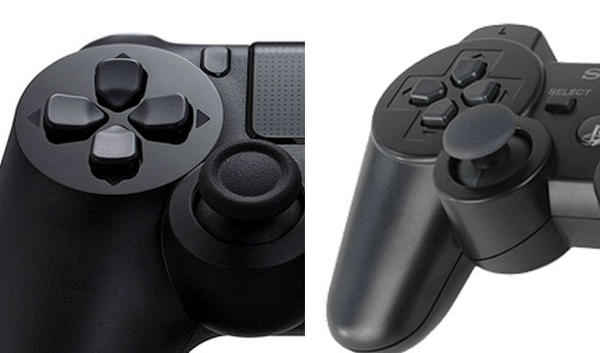
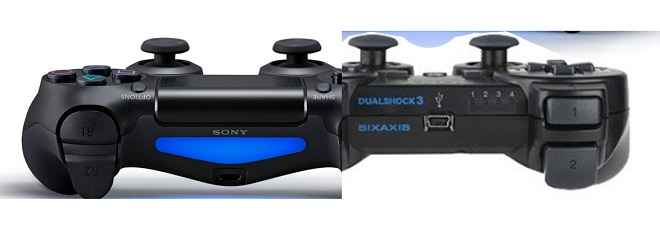
.jpg)
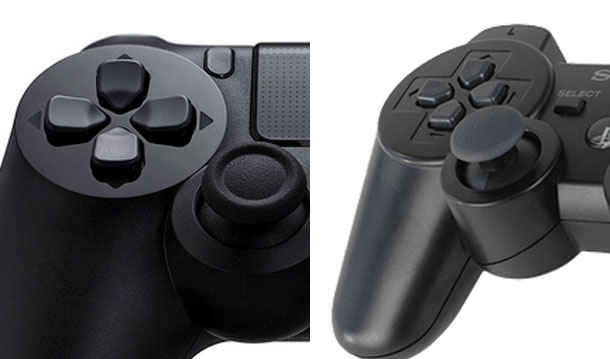
.jpg)
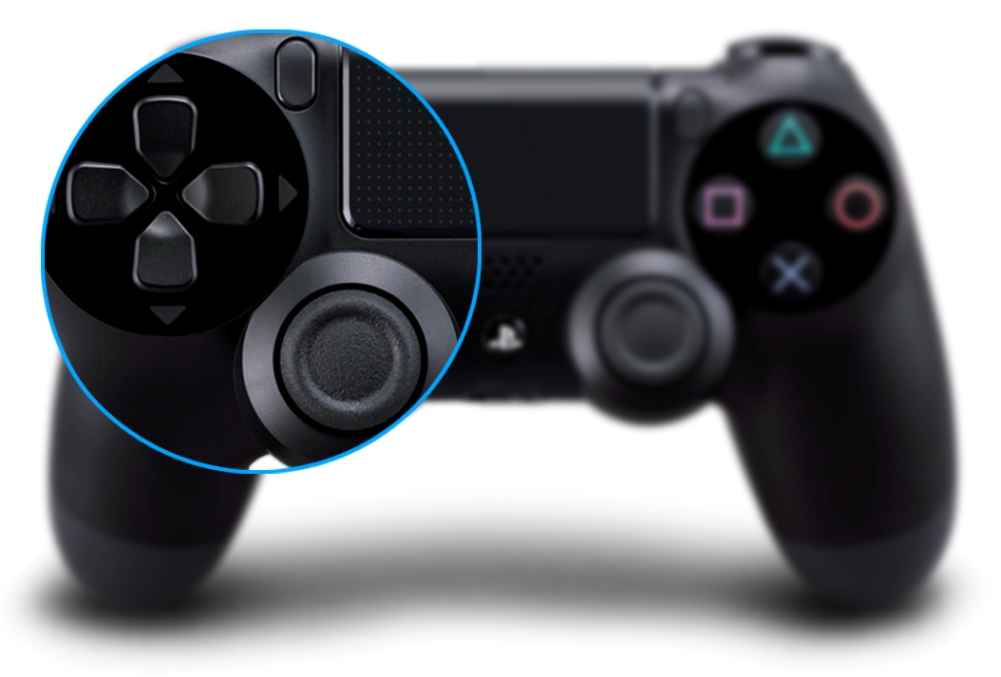
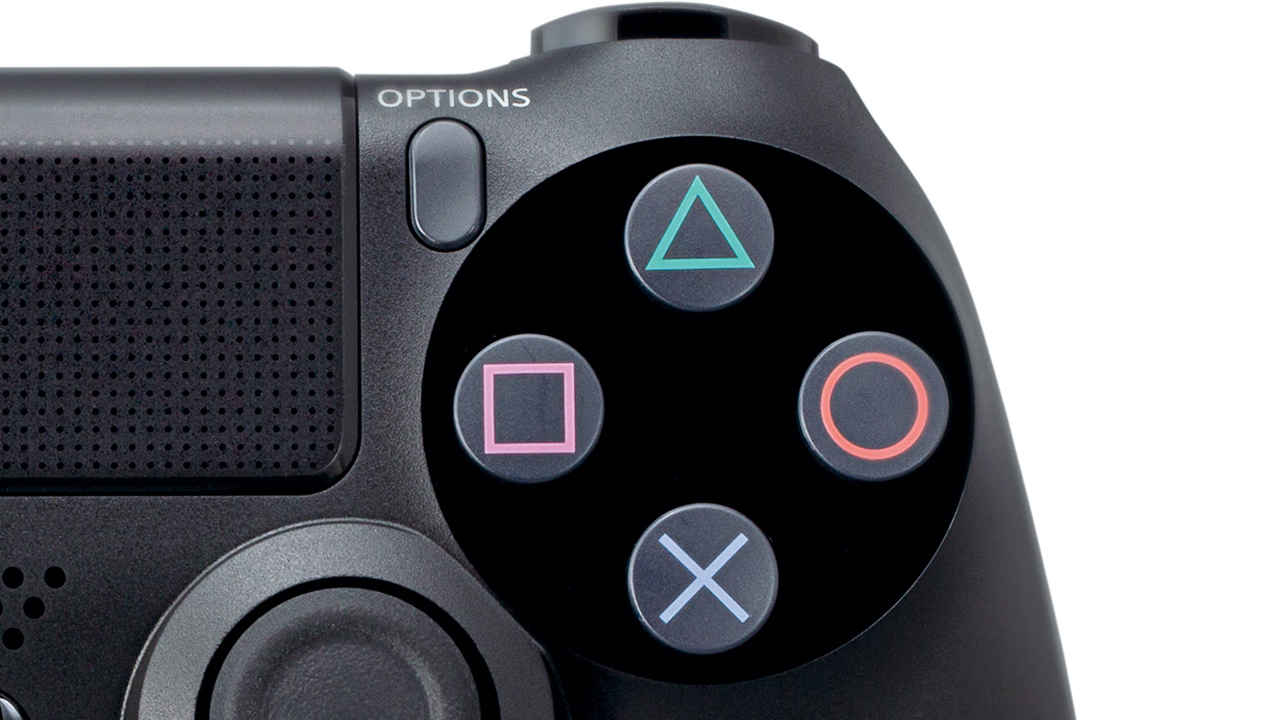
.jpg)
.jpg)
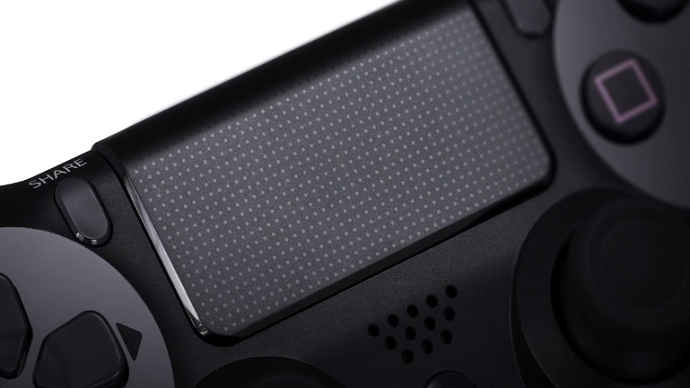
.jpg)
